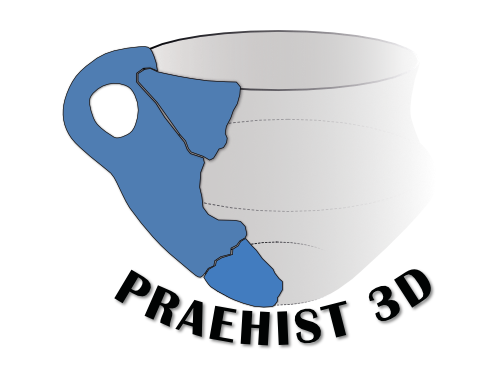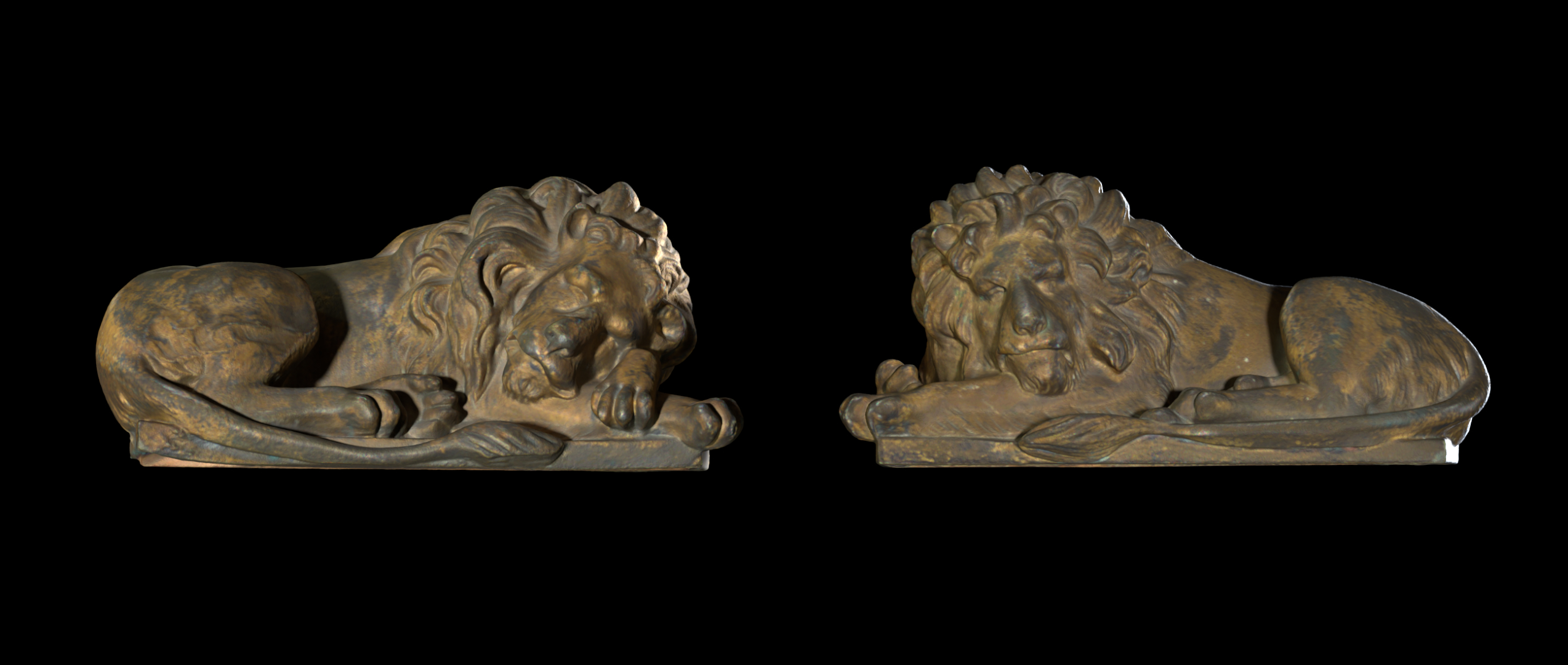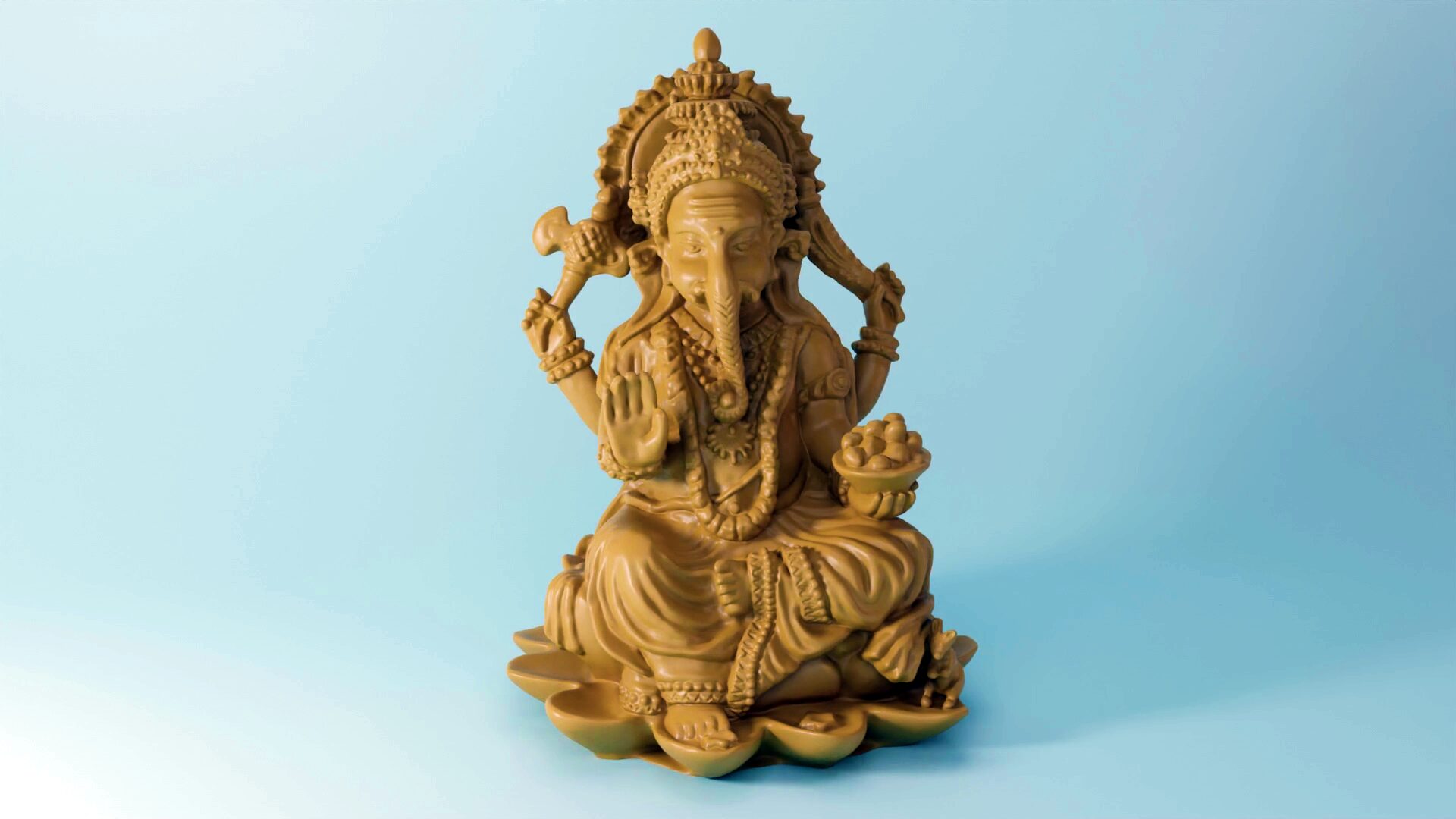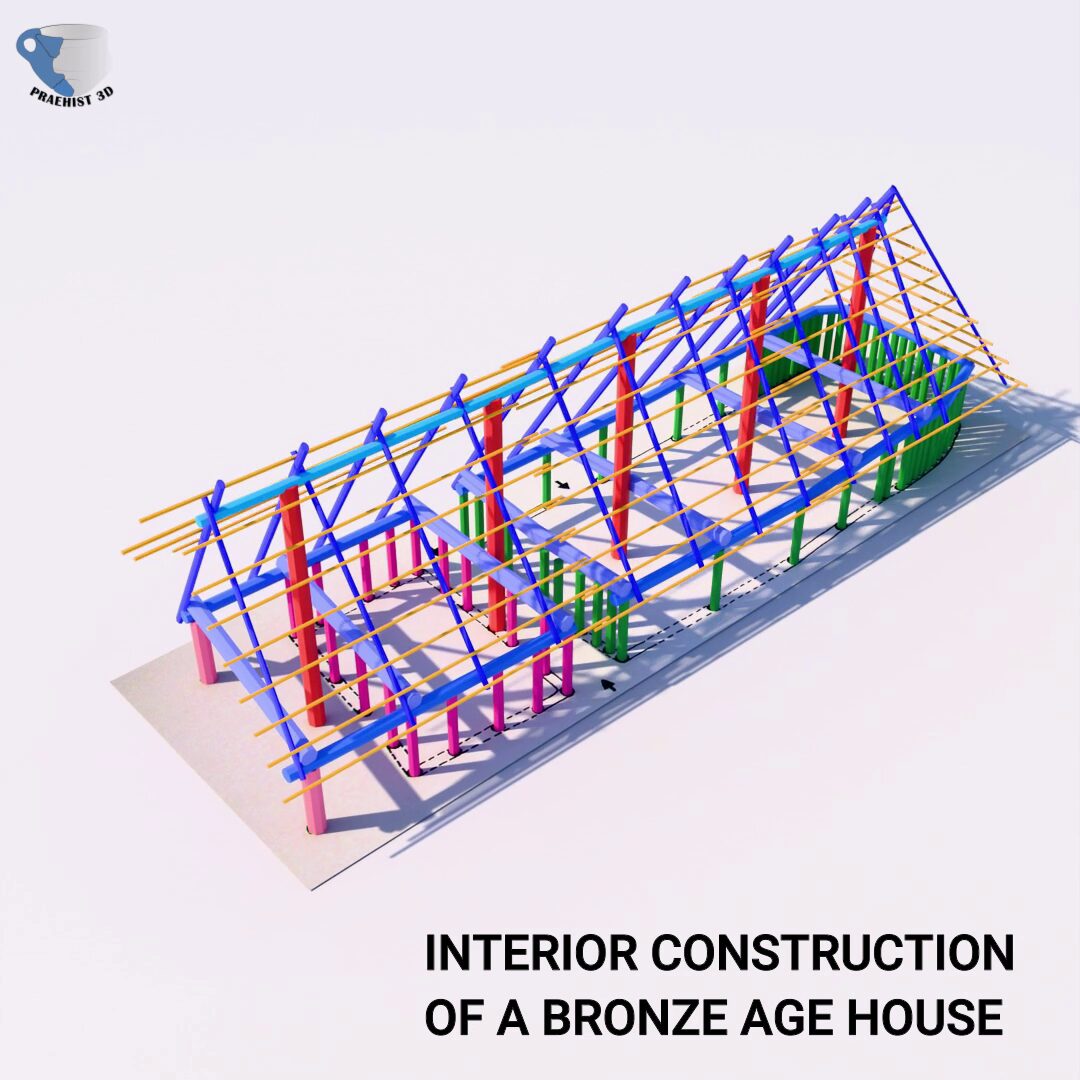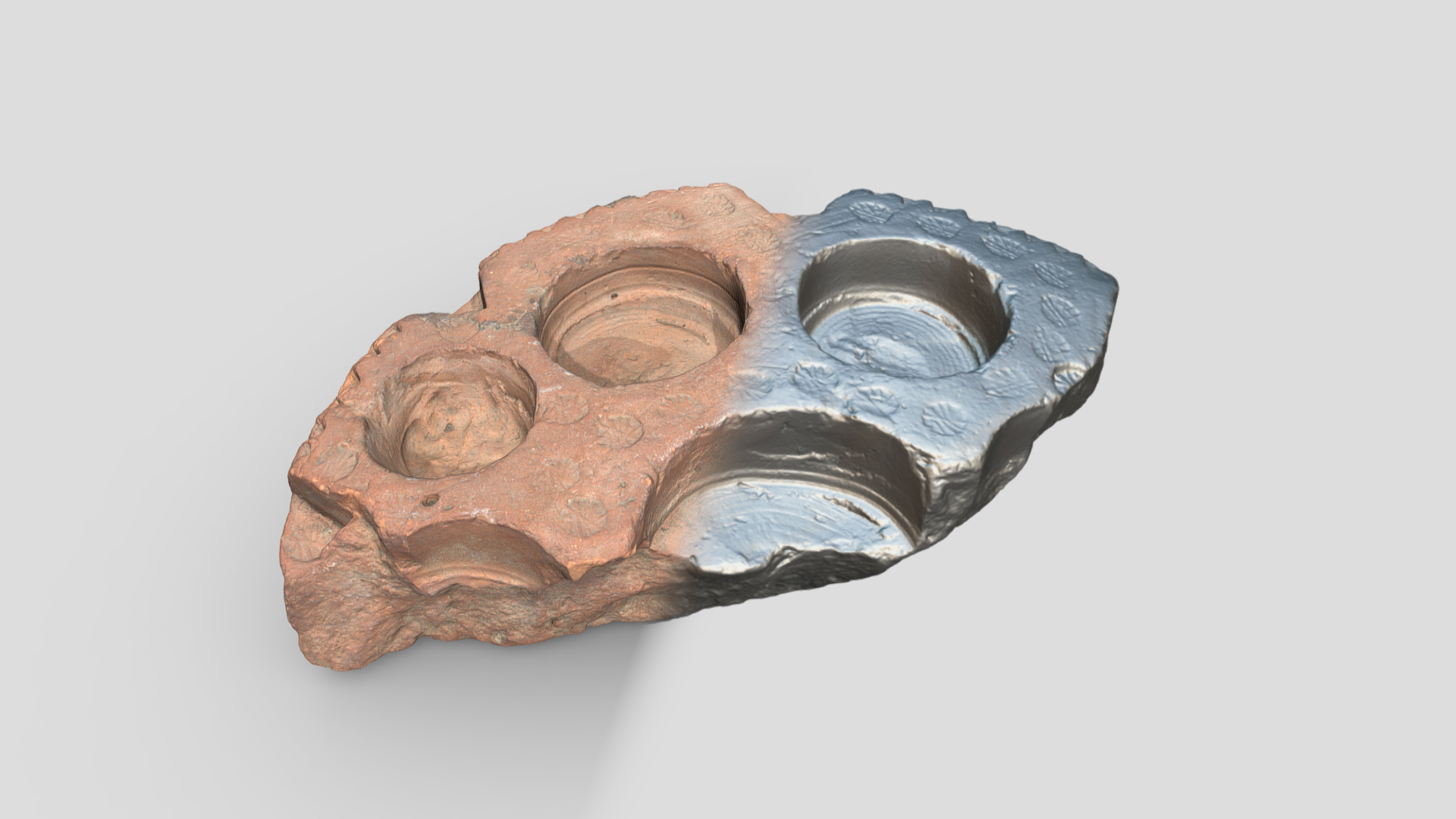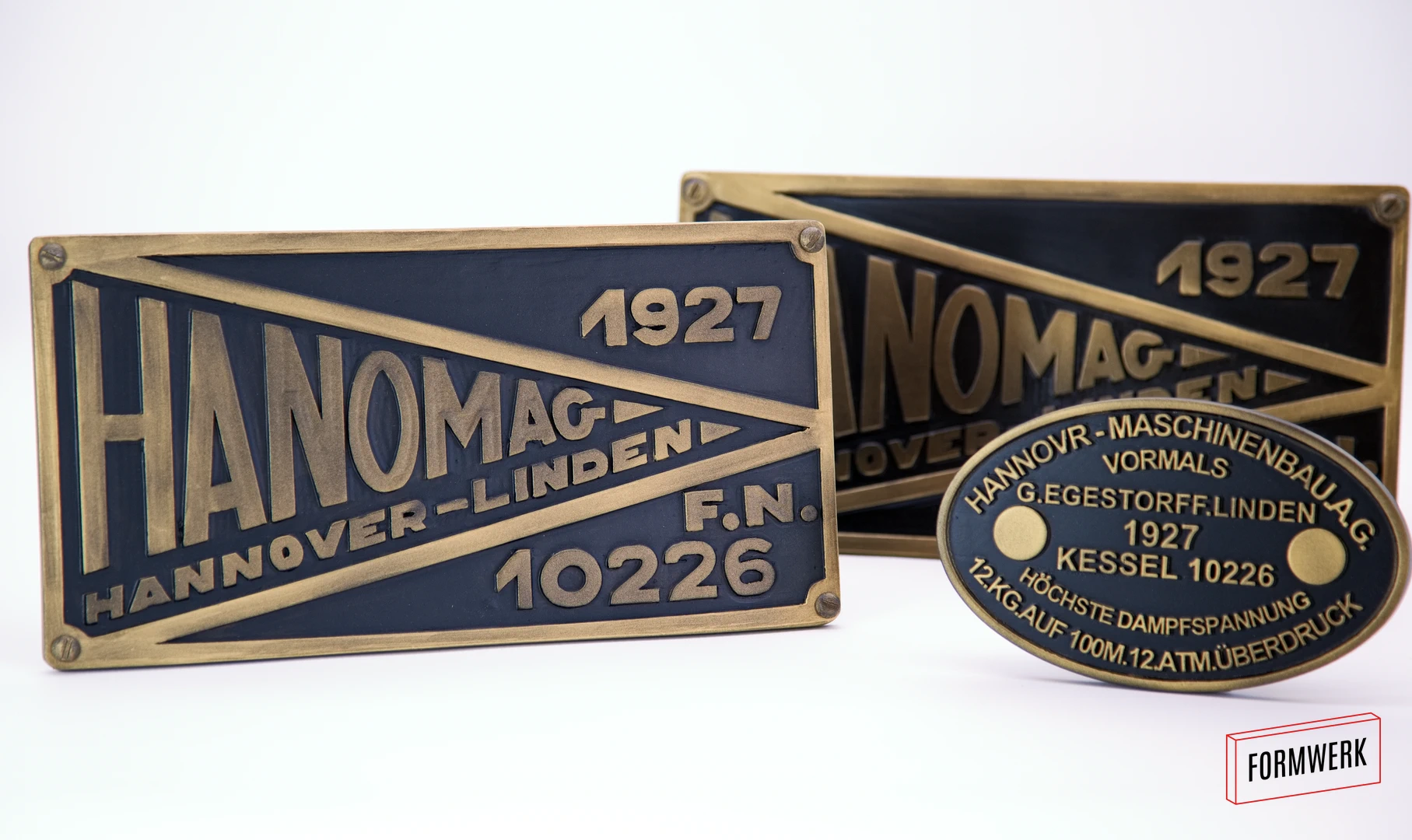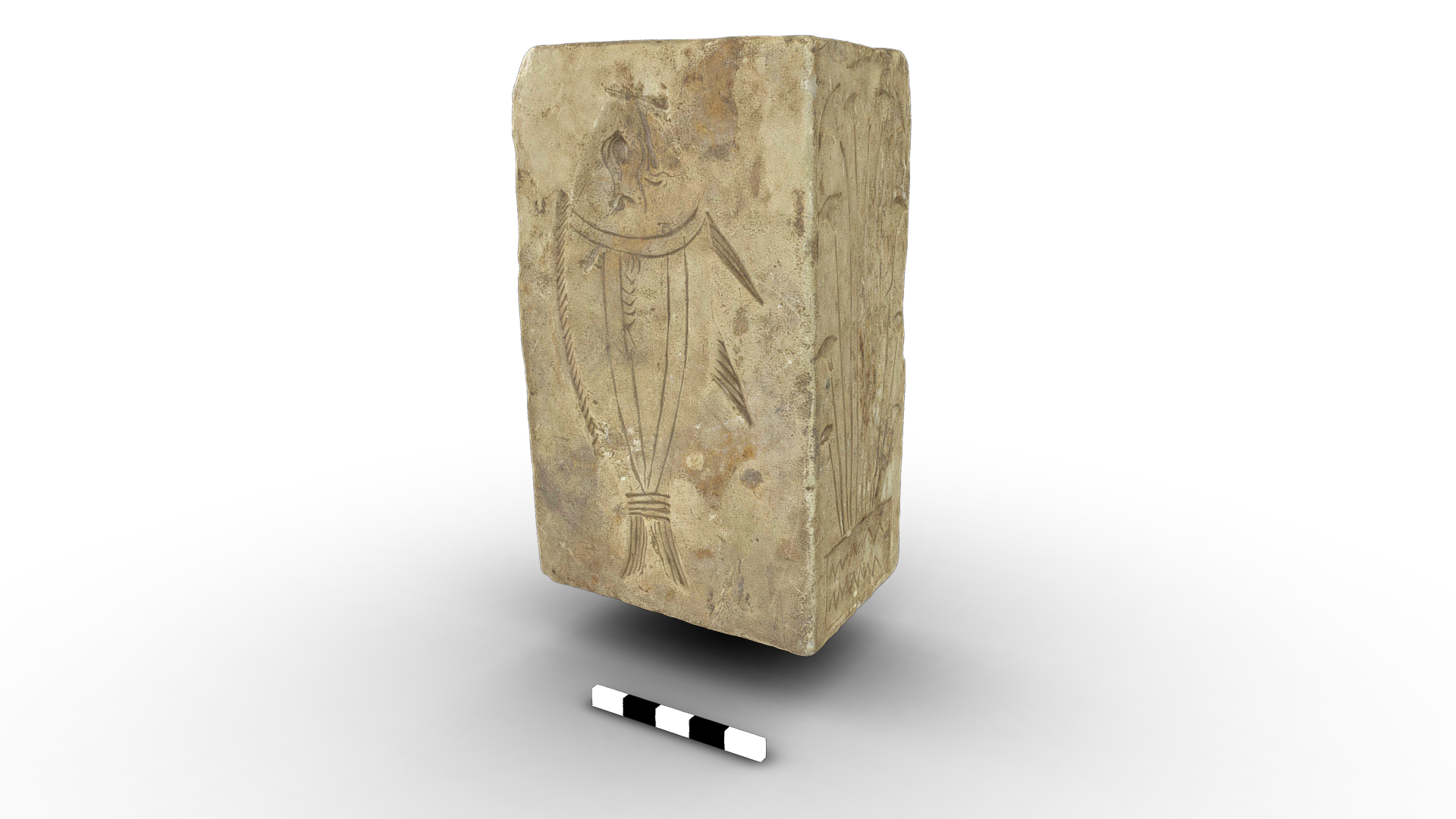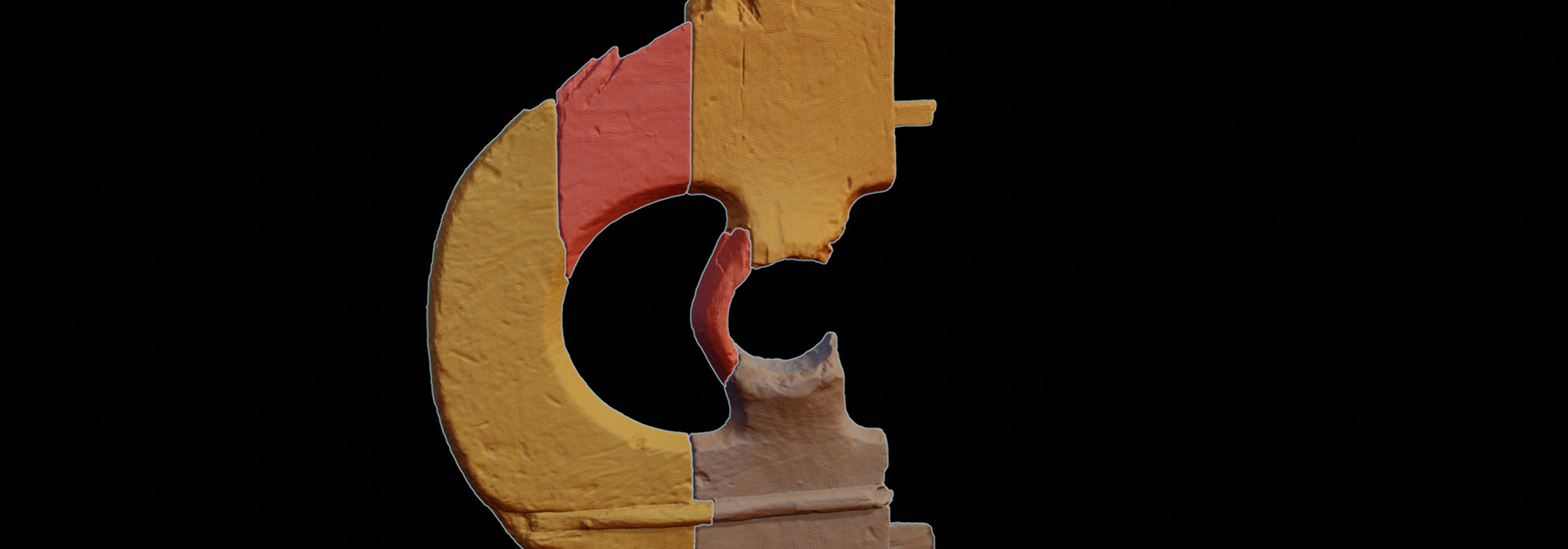3D scans for furniture restoration can generate considerable savings, as complex applications do not have to be reproduced manually but can be duplicated digitally. After digitization, these can be reproduced as often as required. And thus become part of your digital parts warehouse. In this example, two lion figures were to be replicated. These flank…Continue reading3D scans for furniture restoration
This 3D scan of a small elephant-headed statue of Ganesha is based on an old plaster figure. The original statue has since been lost due to water damage, but can be reprinted at any time using this 3D data. Cultural assets, mementos and works of art are always at risk of being damaged, stolen or…Continue readingSHORT POST – 3D Scan Ganesha
The documentation of wood finds on excavations is always a race against time. As soon as the wood finds are uncovered from their sealed environment, they react with our oxygen-rich atmosphere and begin their decay process. There are various ways of slowing down these processes. Immersion baths, oxygen-sealed storage or stabilization with preservatives are the…Continue reading3D scans of wooden objects
Traces in the ground are usually the only remains of prehistoric buildings. For the most part, only traces of the former posts or their holes and ditches of varying depth have survived. These can be categorized according to their nature (diameter, depth, content, etc.) and assigned to different structural elements of the former building. This…Continue readingSHORT Post – components of a Bronze Age house animation
On excavations, 3D scans can be used for better profile images and enable perfect distortion-free profile images in a short time. This Agisoft Metashape workflow describes how you can achieve this yourself.Continue reading3D scans for better profile pictures
This bird sculpture model was digitized by us in 2019 in the course of the KunstModell exhibition of the Museum-August-Kestner and the RP-Museum Hildesheim.
The fine surface details come into their own in the changing lighting and show the sculptor’s skill.Continue reading3D scan of an Egyptian sculptor’s model
The 34 cm diameter plate probably originally had 8 bowls into which oil or tallow and a wick each could be filled and served as a safe candlestick.
The 3D scan was carried out in the city archaeology department with the kind permission of the archaeologists there.Continue reading3D Scan – Lichterstein from Brandenburg
Restoring railways is a complex and expensive undertaking. Replacing individual signs and plaques is particularly difficult, as these are also popular with collectors, which can significantly increase their price – if these spare parts are even still available. 3D printing can provide a cost-effective solution here and help to restore the overall visual impression of…Continue reading3D printing: locomotive plate replicas
For the exhibition “KunstModell” we, together with Formwerk 3D, captured over 50 collection objects from the two museums in 3D and prepared them for a virtual study and internet presentation.Continue readingVirtual exhibitions, 3D scans for museums and research
Why do you actually need 3D scans as an archaeologist? I have the originals in the magazine and can examine the original if in doubt! This attitude is widespread and is often expressed. And as an archaeologist, I can absolutely understand this attitude. Nevertheless, I would like to outline the advantages of 3D scanning using…Continue reading2400 Year Old Wooden Wheel 3D Scanned and Digitally Reassembled
